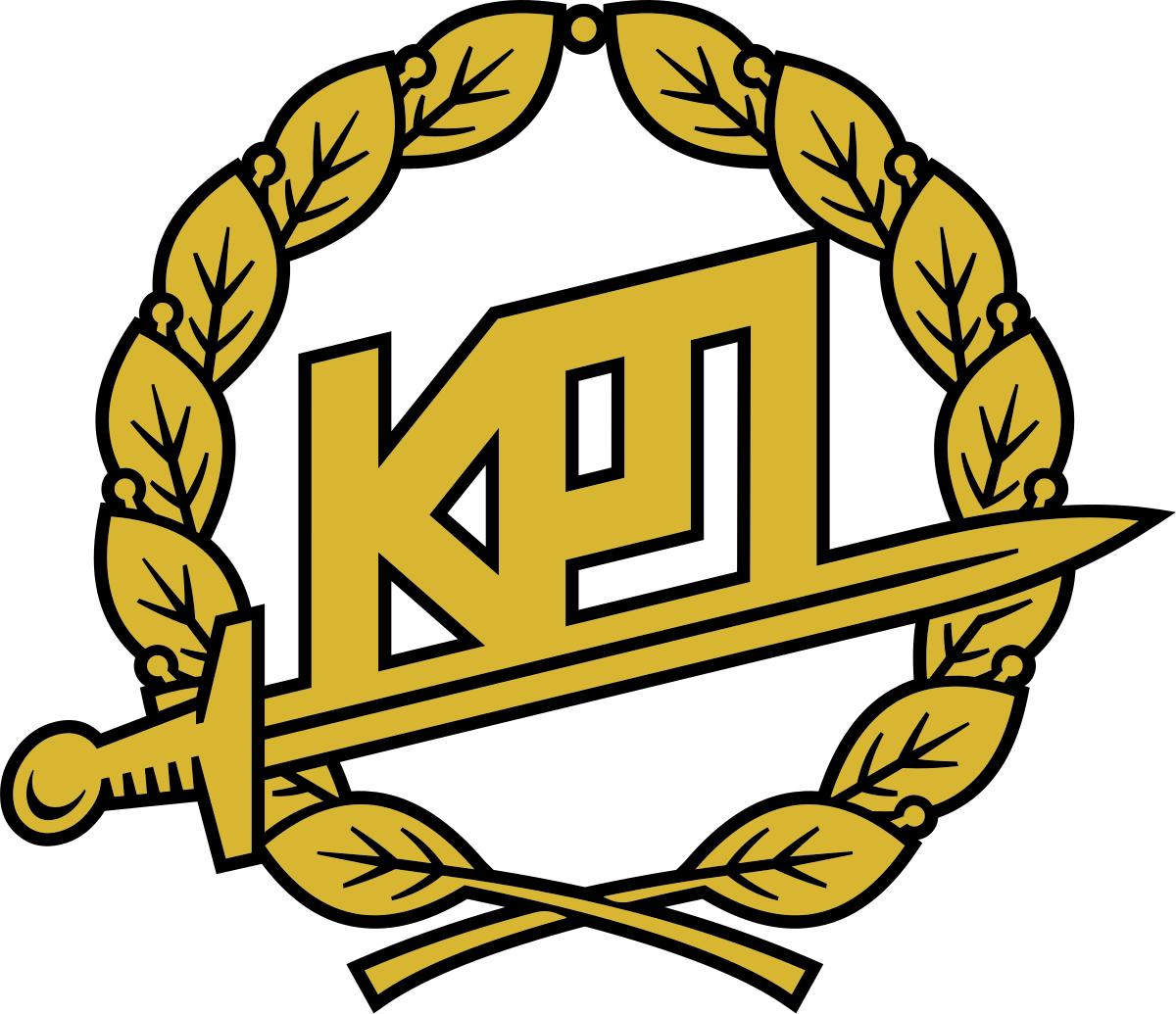Henry-Finland
Senior Member
To see history like "Who was where first..." is a little bit odd.
So Russia should belong to Mongolia?
So Russia should belong to Mongolia?
I worked for years at a business started by a Hungarian refugee from the 1956 revolution. He at age 16, was forced to flee Hungary with a price on his head for his counter revolutionary activities.he did the right thing, becasue US/UK were thinking about using germans to attack USSR right after the end WW2.1956 was 10 years after WW2 in which Germany and Hungary both were allies and both invaded Russia.
10 years after USSR won and was devastated by that war, after which US and UK started Cold war trying to destroy USSR and the rest of soviet block including Hungary.
Wrong. What started the Cold War was that Stalin reneged on his Yalta promise to hold free elections in Eastern European countries.
Having said that, West Germany and Japan had not had "free" elections for a long time after WW2. In fact, I would argue they are still occupied.

And we saw what happened in 1989-90, didn’t we, when Gorbachev loosened the reins on Eastern Europe and the Eastern European countries, every last one of them, kicked out the Communist Russians and in Romania they even executed the Commie first couple. Eastern Europeans despise Russia, for very good reasons.Most of the Eastern Europe were under tight control of local communists which took part in war against western Europe Hitler.
And they’ve been drunk ever since.1386. Genoese ambassadors introduce vodka to Russians in Moscow.
I'm convinced barbos is paid. All evidence says so.Do you have a cite to substantiate this arrant nonsense, this utter bullshit? Of course not. Just like all your other wild fantastical bullshit nonsense.
- Finno-Ugric Peoples: Northern and central Russia were populated by Finno-Ugric tribes (ancestors of modern Finns, Estonians, and some groups in Russia like the Mari and Komi). These tribes were indigenous to the forested areas of the region and lived there long before the Slavic migrations.
I thought he admitted that.I'm convinced barbos is paid.
I'm not sure that he is paid. Maybe so, maybe not. But clearly he's angry! I think that he's in the club of angry patriots:I'm convinced barbos is paid. All evidence says so.Do you have a cite to substantiate this arrant nonsense, this utter bullshit? Of course not. Just like all your other wild fantastical bullshit nonsense.

Maybe they’re paid to “be angry”.why are they so angry? It can't be just because of Nato.
Maybe they’re paid to “be angry”.why are they so angry? It can't be just because of Nato.
I thought he admitted that.I'm convinced barbos is paid.
- Finno-Ugric Peoples: Northern and central Russia were populated by Finno-Ugric tribes (ancestors of modern Finns, Estonians, and some groups in Russia like the Mari and Komi). These tribes were indigenous to the forested areas of the region and lived there long before the Slavic migrations.
Well, that settles it, then! Russia belongs to Finland and Estonia!
Not gonna look for it - not sure what thread even. It was a half-acknowledgement of some sort iirc. Might have misinterpreted, or it might have been a slip, but who cares, really? I don’t even read most of his crap.I thought he admitted that.I'm convinced barbos is paid.
Did he? Link?
Orangey wants money. He doesn't care how he gets it or where it comes from so long as he doesn't get caught because getting caught costs money. He wants to build casinos in Russia, China, NK, anywhere he can to make money so he's gonna chummy-up to whoever it takes.I usually don't want to write about internal matters of the USA.
However, I have to now, because Trump is clearly Putin's puppet.
And there are many others too...
Check this movie. It tells a lot of the dangers:
The Partitions of Poland[a] were three partitions of the Polish–Lithuanian Commonwealth that took place toward the end of the 18th century and ended the existence of the state, resulting in the elimination of sovereign Poland and Lithuania for 123 years. The partitions were conducted by the Habsburg monarchy, the Kingdom of Prussia, and the Russian Empire, which divided up the Commonwealth lands among themselves progressively in the process of territorial seizures and annexations.[1][2][3][4]
The First Partition was decided on August 5, 1772, after the Bar Confederation lost the war with Russia. The Second Partition occurred in the aftermath of the Polish–Russian War of 1792 and the Targowica Confederation when Russian and Prussian troops entered the Commonwealth and the partition treaty was signed during the Grodno Sejm on January 23, 1793 (without Austria). The Third Partition took place on October 24, 1795, in reaction to the unsuccessful Polish Kościuszko Uprising the previous year. With this partition, the Commonwealth ceased to exist.[1]
Prob'ly about as accurate as the BS I was fed in East Coast grade school about enterprising colonists, friendly, welcoming Indians and thanksgiving feasts.It would be interesting to know how history is taught in Russia.
